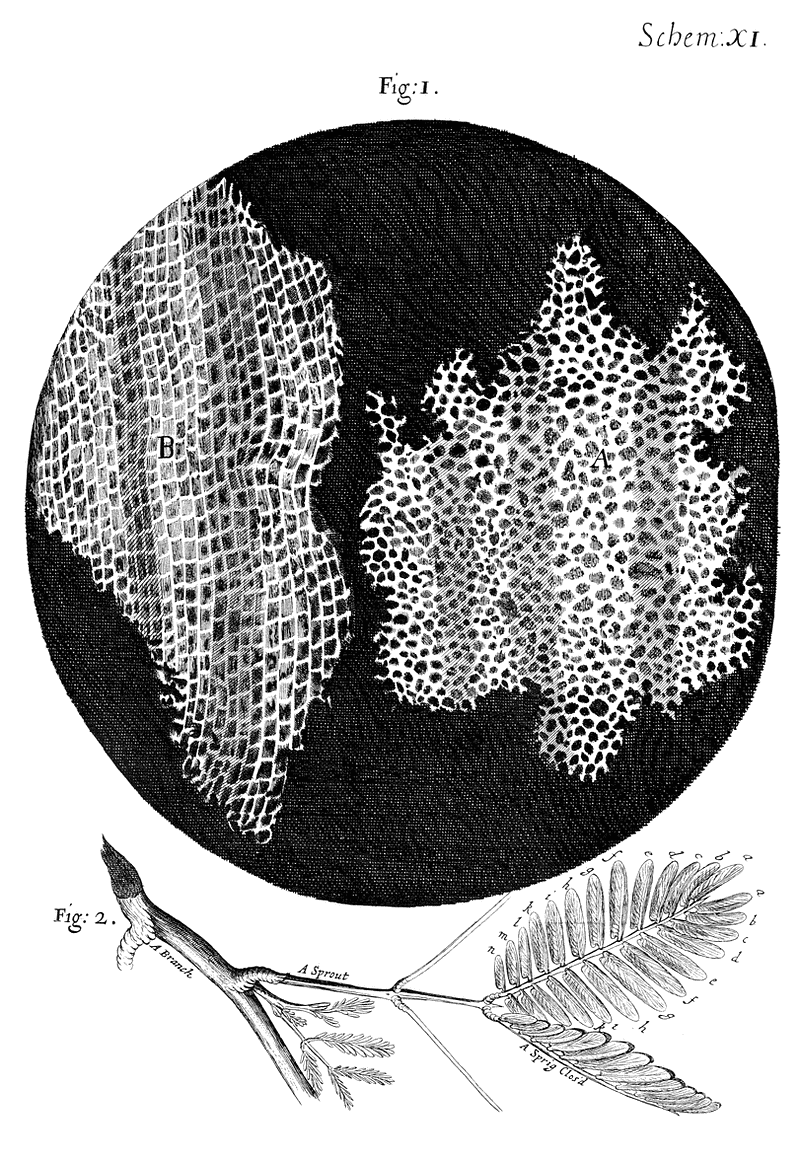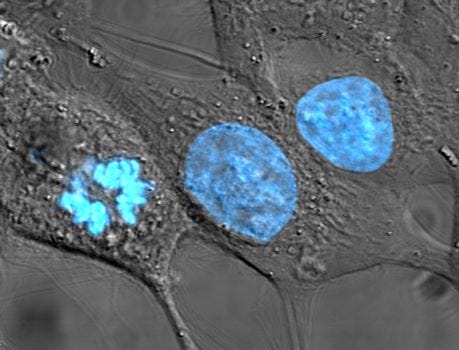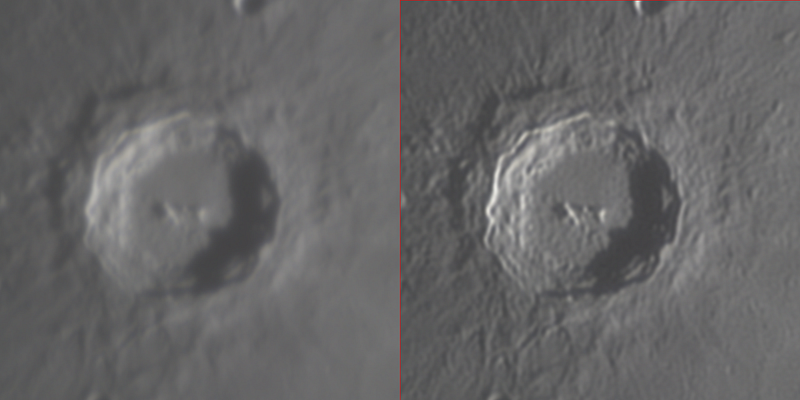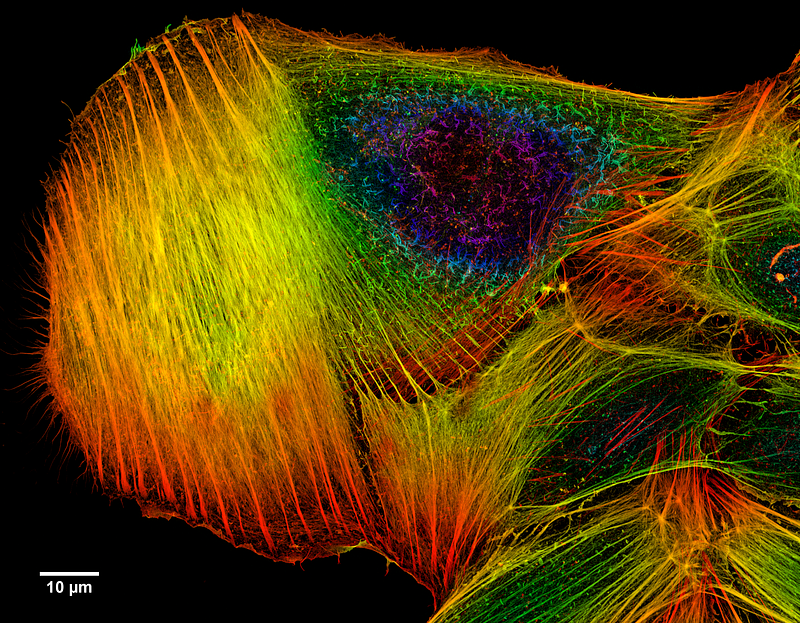Celebrating Cells: Haikus and Their Scientific Insights
Written on
Chapter 1: The Essence of Cell Theory
The Atoms of Life
Constructing all Life Forms
Cells Generating Cells
In 1665, Robert Hooke, an English polymath, released his groundbreaking work, Micrographia, where he first described microscopic life. Collaborating with Anton van Leeuwenhoek, a Dutch draper known for crafting powerful microscopes, they unveiled a hidden world teeming with life. Hooke’s illustration of cork depicted tiny compartments reminiscent of a monk’s quarters, which he termed "cells." Initially, Hooke did not consider these "cells" to be alive, while Leeuwenhoek was the first to argue that the tiny organisms he observed, bustling within a drop of water, were indeed living entities he dubbed "animalcules." Their combined efforts revolutionized biology, establishing microscopy as a cornerstone of cell biology.

In 1839, Jan Purkinje, Theodor Schwann, and Matthias Schleiden, followed by Rudolph Virchow in 1855, formulated the foundational principles of Cell Theory: all living organisms consist of one or more cells, the cell serves as the fundamental unit of life, and cells arise from pre-existing cells. The intricacies of cellular structures often escape the unaided eye, but the surge of organic chemistry in the late 19th century, spurred by the invention of synthetic dyes, significantly advanced biological research. Microscopes began utilizing specific dyes that highlighted different cellular regions, enhancing our understanding of cell structure and function.
Chapter 2: The Nucleus and Its Role
This video explains the balanced cell reaction for the schematic: Cu(s) Cu2+(aq) Au3+(aq) Au(s).
Eukaryotic cells possess a nucleus, often described as the "Library of Life." Cells are broadly categorized into two types: prokaryotic cells, which lack a nucleus, and include bacteria and archaea, and eukaryotic cells that contain a nucleus, encompassing various single-celled organisms like yeast and all multicellular organisms, including humans.
The nucleus is an organelle encased by a double membrane. This nuclear membrane segregates the nuclear contents, which include DNA that encodes the proteins essential for cellular function, from the cytoplasm. The exact evolutionary origins of the nucleus remain uncertain, but several intriguing theories exist, including the idea that the nucleus may have evolved from a virus.
The cytoplasm is the site of most cellular activities, particularly protein synthesis. The instructions for protein production reside within the nucleus but are separated from the cytoplasm by two membranes. How does this process unfold?
The DNA within the nucleus is transcribed into messenger RNA (mRNA), which is a type of chemical similar to that used in recent COVID-19 vaccines. This mRNA exits the nucleus through pores that are selectively regulated by protein machines, which act as gatekeepers, allowing only specific molecules to pass based on their chemical "passwords." The mRNA then travels to the cytoplasm, where it binds to a large molecular complex known as a ribosome. The ribosome interprets the mRNA sequence and synthesizes the corresponding protein. For a deeper dive into ribosome functions, refer to the article titled "Saying Goodbye to LUCA," which discusses the evolutionary origins of cells and life.

Chapter 3: Advances in Microscopy
This video covers the principles of galvanic cells, with a focus on Nickel/Copper reactions.
The field of microscopy and optical physics is experiencing a remarkable surge, enabling unprecedented capabilities in focusing microscopic images beyond the traditional limits of magnification defined by the Abbe limit established in 1863. This technology is applicable across various imaging fields, with exceptional resolution in microscopy, as illustrated below.


For more insights on the #30DaysOfScikuChallenge, consider exploring additional resources.
Asymmetry
Day 5 Prompt: Haikus Inspired by Cell Biology
What’s next on your reading list? Check out “Saying Goodbye to LUCA” on ScienceDuuude.
LUCA — The Last Universal Common Ancestor
“…while this planet has continued its orbit according to the unchanging laws of gravity, from such a simple origin, endless complexities have emerged…”